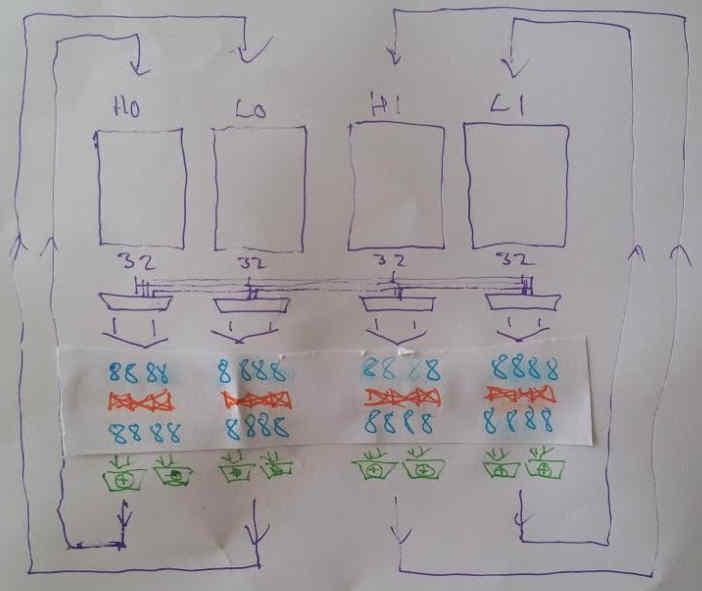Originally posted by log0
View Post
Except this Libre RISC-V GPU project is not a normal risc-v core. You don't find 128 FP and 128 integer registers in a normal Risc-V gpu. The normal is 16 or 32 registers in a risc-v core.
You are right normal Risc-V cores would never give the Gflop/watt of a modern GPU. The current targeted GFLOP value at 28 nm when you wake up its 64 bit GLFOP and it size scaled down it can for sure compete against the AMD GCN. AMD GCN uses a lot larger silicon area. SIMD units in the GCN are larger than the targeted Libre RISC-V GPU cores but not in GFLOP of processing. So per GCN silicon area you can have at least 4 of the libre Risc-V GPU.
So I would not be so sure its a whole another world. You need to go back to basics and compare performance to silicon area with allowances for fabric costs. They are not as far apart as it first appears.


Comment